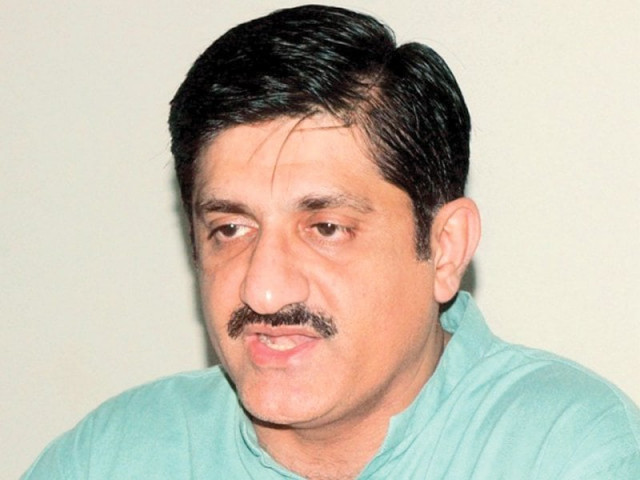Sindh to launch $400m human capital project
WB to fund 85% of scheme planned for next fiscal year

The Sindh government is to launch a $400 million human capital investment project aimed at strengthening integrated healthcare services for universal health coverage in the next fiscal year in collaboration with the World Bank.
At a virtual meeting on Friday, the provincial government and a team of the WB, led by the latter's Country Director for Pakistan Naijy Benhassine, decided that the WB would fund 85 per cent of the project and the Sindh government would finance the remaining 15 per cent.
The two parties agreed to finalise details such that the project may be launched in the next fiscal year. Sharing details, Sindh Chief Minister Syed Murad Ali Shah said the project would be called the Sindh 1,000 Days Plus Programme.
The human capital formation would be made through integrated health, early childhood education, adult literacy, skill development for women, economic inclusion and a social registry, he said. Shah added selected interventions would be implemented through a public-private partnership.
The CM said 271 deserving union councils were selected out of 30 districts.
"The selection is based on accessibility and remoteness of the area." He said of the 1,093 government dispensaries (GDs), 293 were selected based on two factors - its distance from a basic health unit (BHU) and whether it is covered by lady health workers.
"On average, each GD is nine kilometres away from a BHU," he elaborated. He said that in the initial stages, 93 GDs, located in the districts of Tharparkar, Thatta, Sujawal, Jamshoro and Qambar, Shahdadkot would be covered. The rest would be covered after a year of the initial programme's launch.
It was highlighted that research from 2017-18 showed that distance from a medical facility was one of the main reasons people did not seek healthcare.
"The barrier becomes greater for adolescents, widows, divorcees, remote area dwellers and low-income earners," the study read. It further stated that children who live at a distance of five- kilometres or more from a facility are 17 per cent more at risk of mortality.
"Distance is the most important factor that influences the utilisation of health services." The chief minister said that in Sindh, a functional BHU was, on average, nine kilometres away from a GD. Sindh Health Minister Dr Azra Pechuho said 293 dispensaries would cover a population of 9.744 million.
The GDs would be integrated with district health systems such as DHQ, THQ, RHC and BHU through 88 ambulances, meaning one ambulance for a cluster of five dispensaries. One of the major components of the project was reproductive maternal, newborn and child health (RMNCH) which would be financed by $203 million.
A baseline survey would be conducted during the first year of the project. As many as 392 dispensaries would be branded and refurbished, 93 of them in the first year. Another major component involved early childhood education as well as learning and skill development for adolescent girls.
This would get a $55.9 million chuck of the funding, said Secretary P&D Shireen Narejo. Under the component, there would be a school infrastructure and community support for early childhood education.



















COMMENTS
Comments are moderated and generally will be posted if they are on-topic and not abusive.
For more information, please see our Comments FAQ